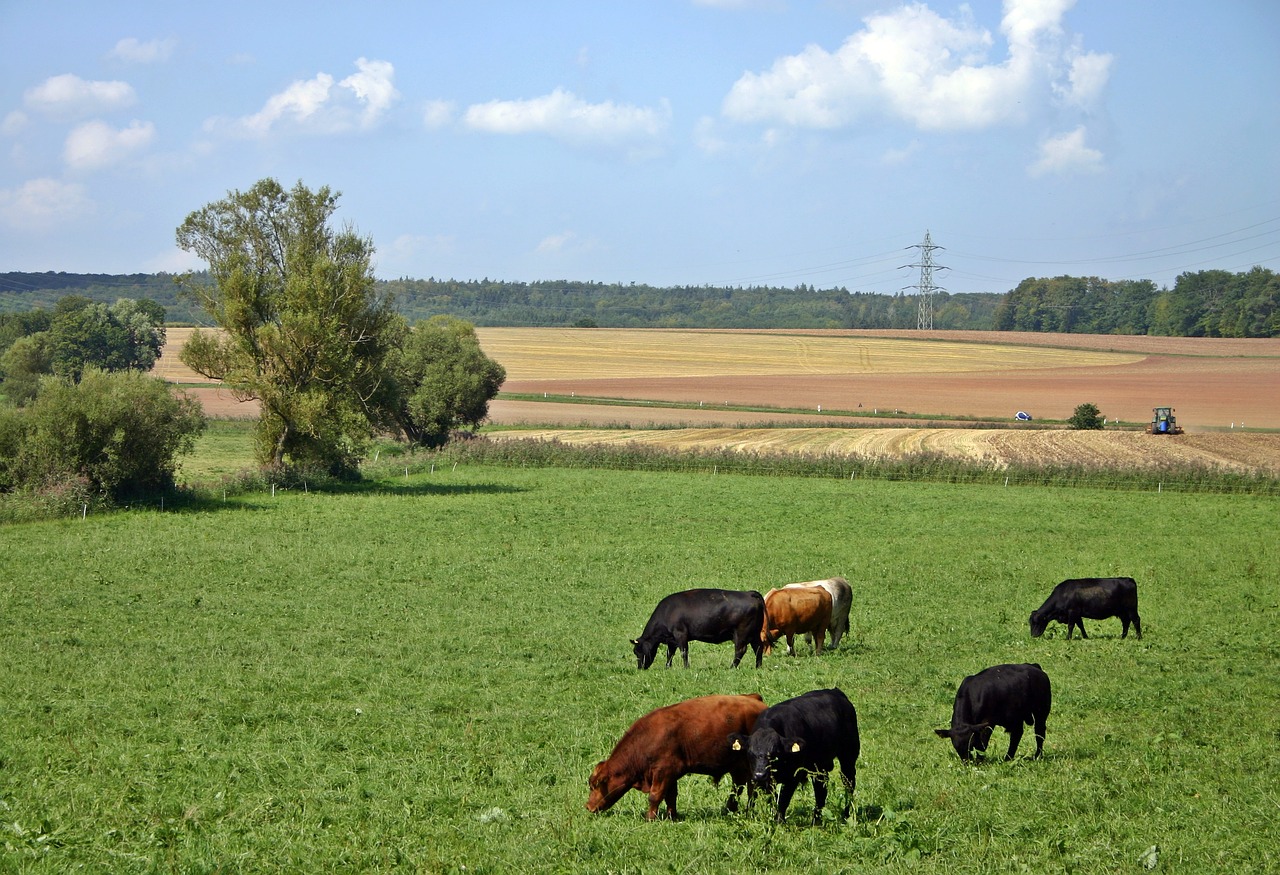Grazing to Improve Soil Health, Producer Profits
Author: Kay Ledbetterd | Published: July 14, 2017
Richard Teague might be considered a cowboy of a different kind. He’s not rounding up stray cattle, but rather wrangling the best management practices on ranches to help the cattle and their owners.
Teague, a Texas A&M AgriLife Research ecologist at Vernon, grew up on a farm and knows firsthand there are some unintended consequences from traditional long-standing agricultural practices that might not readily be seen.
“I’m an ecologist and know that for an adequately functioning ecosystem, you have to have good soil function,” Teague said. “Many things we do in industrial agriculture break down the function of soil. The ranchers and farmers we are working with have demonstrated how to increase productivity by improving soil health, manage for decreased inputs, improve the health of their cattle and increase profits.”
Teague’s long-term research, which began in North Texas, is getting noticed. He recently was asked to join the leadership of a research group that includes 26 researchers from 18 universities and private entities.
The project is titled “Can Adaptive Multi-Paddock (AMP) grazing contribute to sequestering carbon in soils and improve delivery of ecosystem services and socio-ecological resilience in grazing ecosystems?”
On this project, Teague will be in charge of the grazing management project design and oversight. He is joined on the project by fellow AgriLife Research scientist Urs Kreuter in Texas A&M University’s department of ecosystem science and management, College Station.
Teague said this study will help bridge a big gap in the science between management effects on a ranch scale and results from small-plot research.
The group started with a $500,000 grant from Shell Alberta in 2016 to do reconnaissance sampling to provide proof of concept that AMP grazing management improves ecological, water catchment and economic value, as his research showed in Texas.
“We were successful in getting some smaller grants to do preliminary sampling to make sure the principles held true in cooler areas to the north, wetter areas to the east and drier areas in the west,” he said. “With these results and data, we started putting together grants to expand this work.”
McDonald’s Corp. kicked off the effort with a $4.5 million grant and is facilitating obtaining additional funding, Teague said. Now more entities are indicating a willingness to put money into this research effort.
“The reason they support the research is because they want to help address the food and health concerns of consumers,” he said. “Agriculture has a role to play in finding solutions to our health problems. Many groups are realizing that in the future they are going to have to show their food comes from healthy sources and ones that do not damage the environment.”

